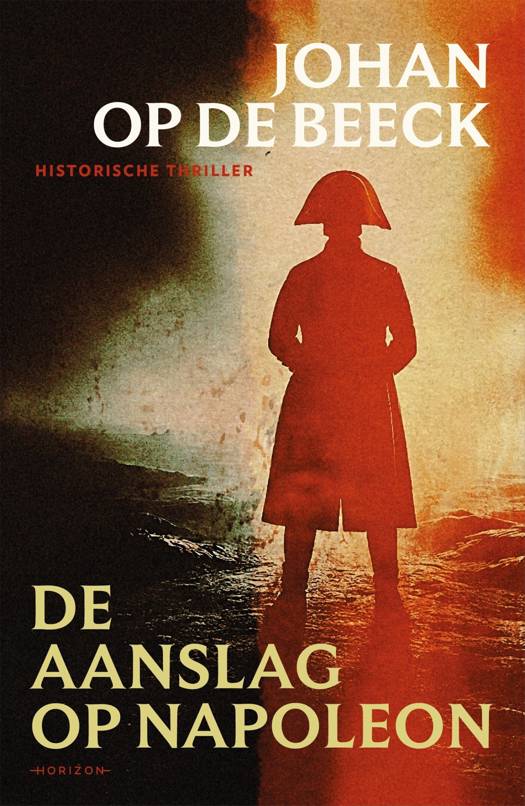
- Afhalen na 1 uur in een winkel met voorraad
- Gratis thuislevering in België vanaf € 30
- Ruim aanbod met 7 miljoen producten
- Afhalen na 1 uur in een winkel met voorraad
- Gratis thuislevering in België vanaf € 30
- Ruim aanbod met 7 miljoen producten
Zoeken
Belgian War Lace 1914-1918
The Collection of the Royal Museums of Art and History
Ria Cooreman, Evelyn McMillan
Hardcover | Engels
€ 30,00
+ 60 punten
Omschrijving
Fifty thousand lacemakers, led by four determined women, worked to keep the Belgian lacemaking tradition alive during WWI. Their endeavours created the distinctive style known as "war lace", with its symbolic references to the invasion and occupation of Belgium. Many noted Belgian artists, two famine-relief organisations, and one future president of the United States played crucial roles in preserving this national art form in the midst of a brutal war.
This catalog documents the Royal Museums of Art and History's collection of war lace. It also recounts the history of the endeavour, the leaders and artists involved, and the symbolism of the designs, as expertly interpreted by Ria Cooreman (Curator of Textiles, Royal Museums of Art and History, Brussels) and Evelyn McMillan (Librarian Emerita, Stanford University, California).
This catalog documents the Royal Museums of Art and History's collection of war lace. It also recounts the history of the endeavour, the leaders and artists involved, and the symbolism of the designs, as expertly interpreted by Ria Cooreman (Curator of Textiles, Royal Museums of Art and History, Brussels) and Evelyn McMillan (Librarian Emerita, Stanford University, California).
Specificaties
Betrokkenen
- Auteur(s):
- Uitgeverij:
Inhoud
- Aantal bladzijden:
- 176
- Taal:
- Engels
Eigenschappen
- Productcode (EAN):
- 9789461618900
- Verschijningsdatum:
- 28/02/2024
- Uitvoering:
- Hardcover
- Afmetingen:
- 220 mm x 280 mm
- Gewicht:
- 916 g
Alleen bij Standaard Boekhandel
+ 60 punten op je klantenkaart van Standaard Boekhandel
Beoordelingen
We publiceren alleen reviews die voldoen aan de voorwaarden voor reviews. Bekijk onze voorwaarden voor reviews.










